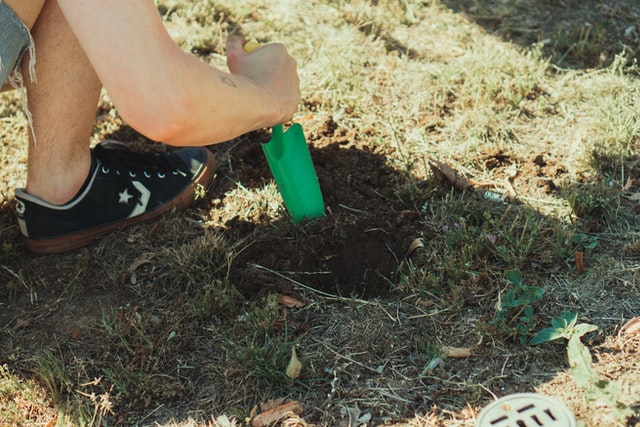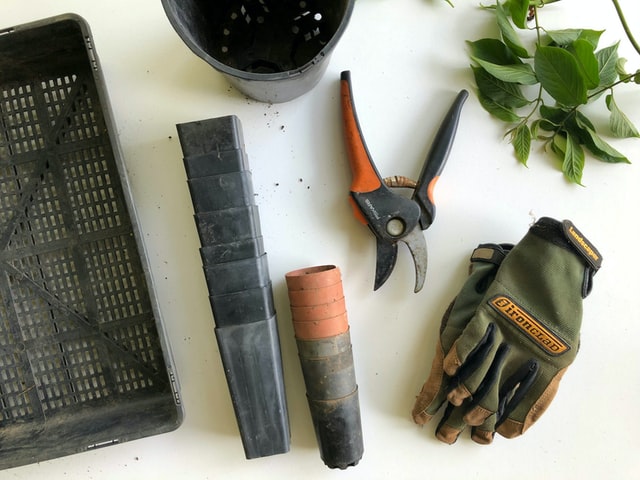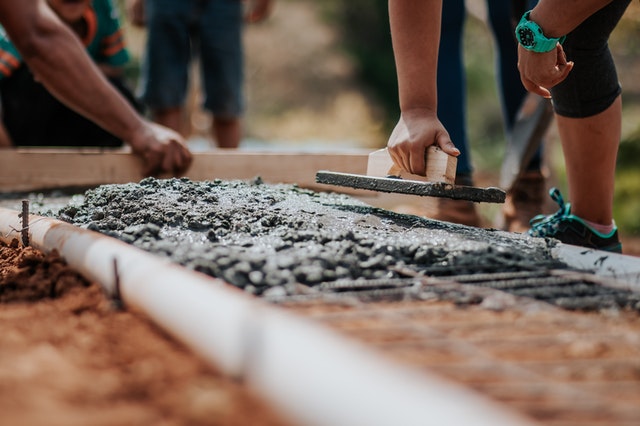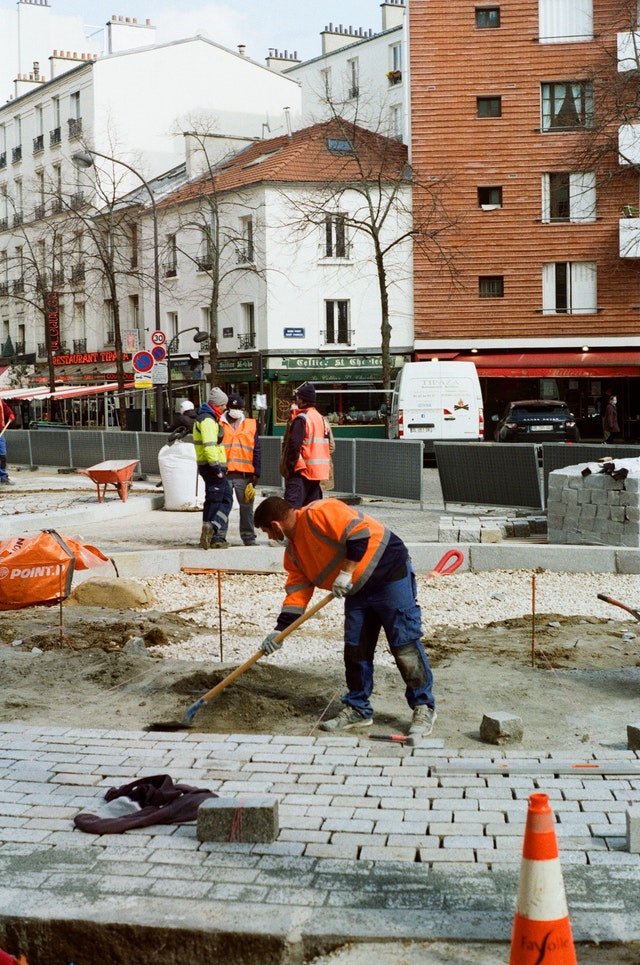Types of sand
- Casting sand for silver, ceramics, and glass casting is available from craft shops.
- Fine sand for aquariums is available in pet stores.
- Sandbox sand can be used, although the sand might contain pieces of concrete making it unsuitable for sandbox use.
- Masonry sand, plaster sand, and casting sand are sold in bags at building-supply stores or can be ordered on the internet. The sand will have different-sized grains depending on its intended use.






